Observing Mosses
Mosses are non-vascular plants meaning they don’t have the tissues that transport water and nutrients around in other plants. As a result, they stay small, so many of the characteristics that will help identify your observations are also small. Moss leaves can be just one cell thick!
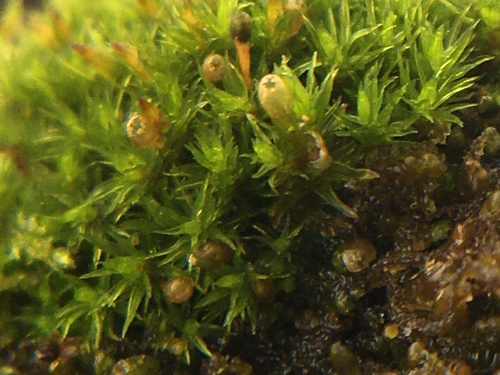
Maginification--Taking photos through a hand lens can help make these features large enough to see in a photo. To take photos with a hand lens experiment with holding the hand lens between your phone/camera lens and the moss until it is in focus. It is also helpful to zoom in as much as possible on your device. (The center photo shows a hand lens in use. The left and right photos are taken through a hand lens.)

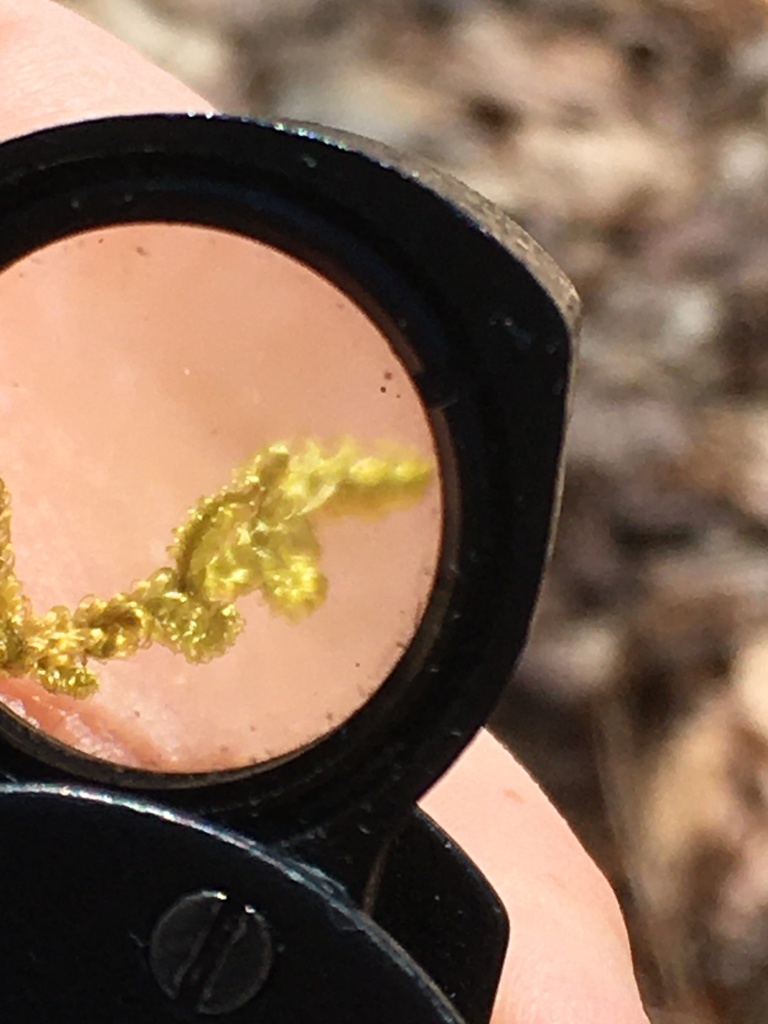
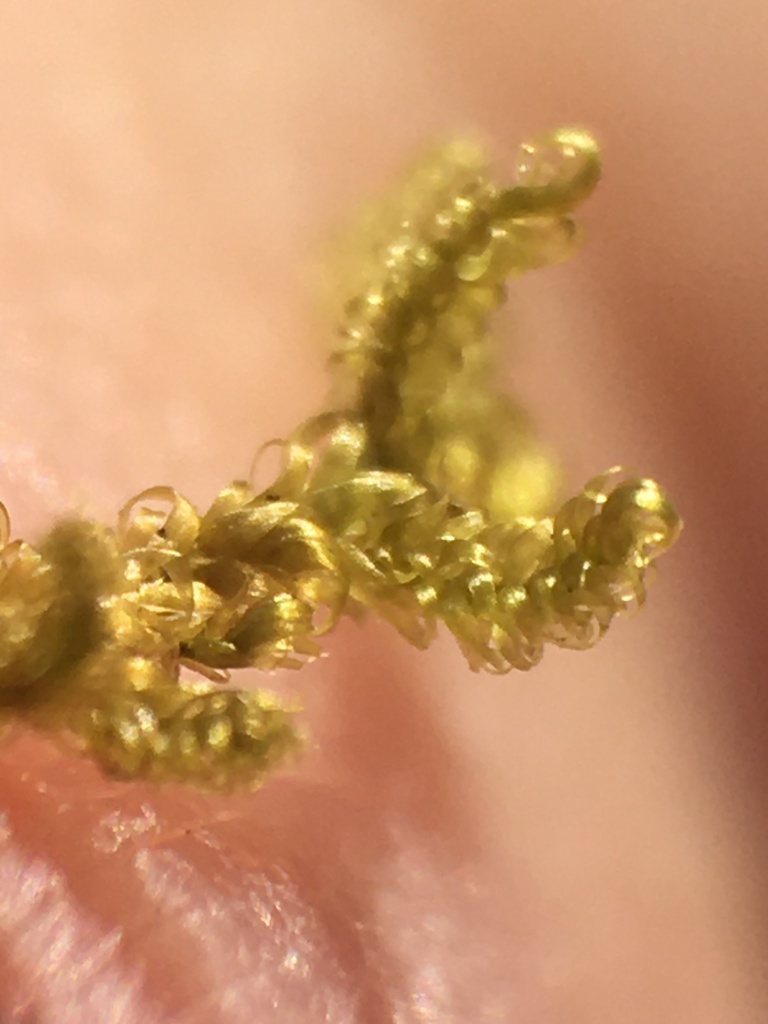
Whole Moss--Taking a picture that includes the whole moss and a little of the area around can show what it is growing on. Mosses grow on trees, rocks, and soils. Including something for scale in your photo of the whole moss will also show its size.
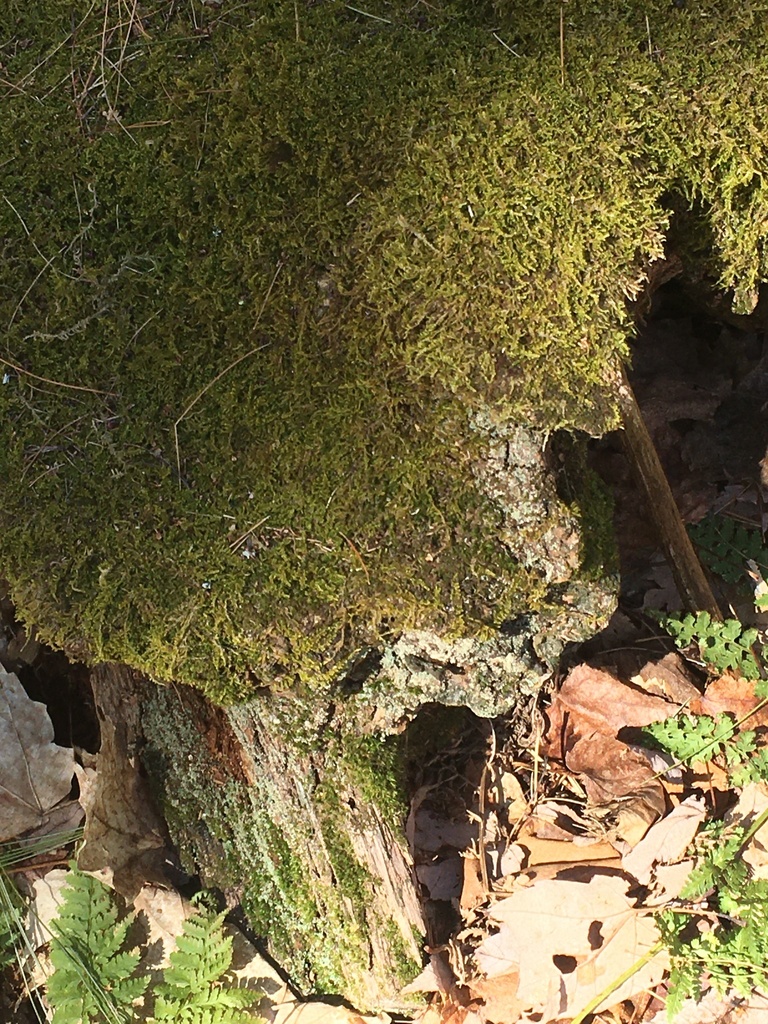
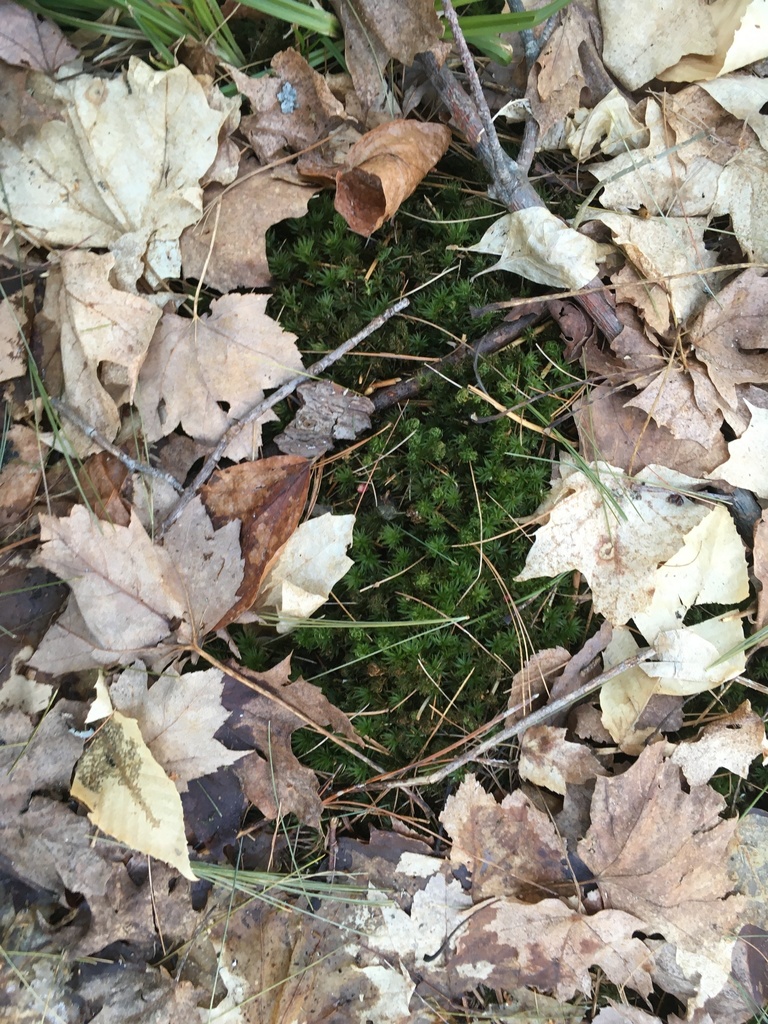
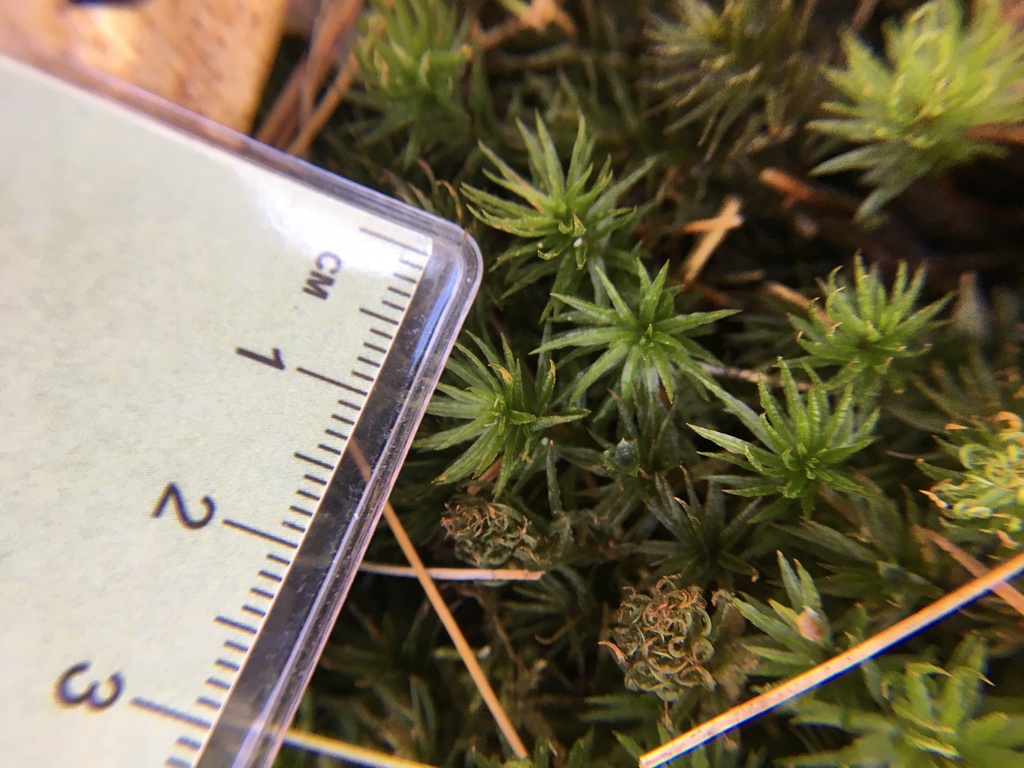
Leaves--Mosses have very tiny leaves. The different leaf shapes are a useful clue to identify which moss you are observing. The leaves of mosses can be different colors too--from a light silvery green to a very dark green.
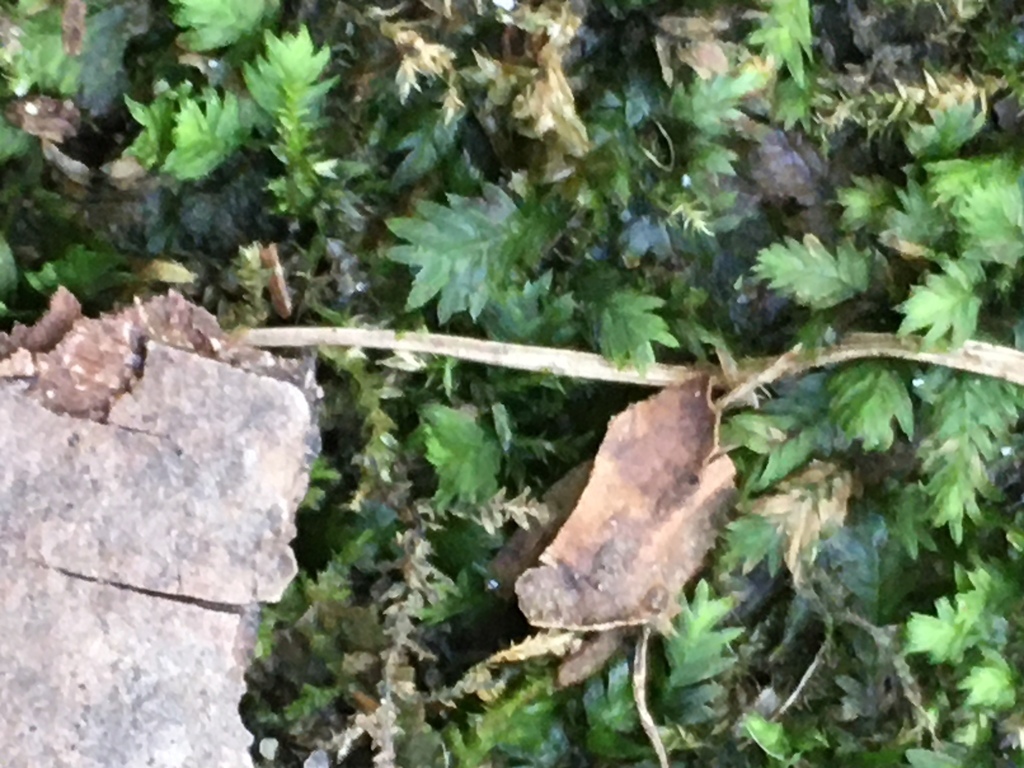
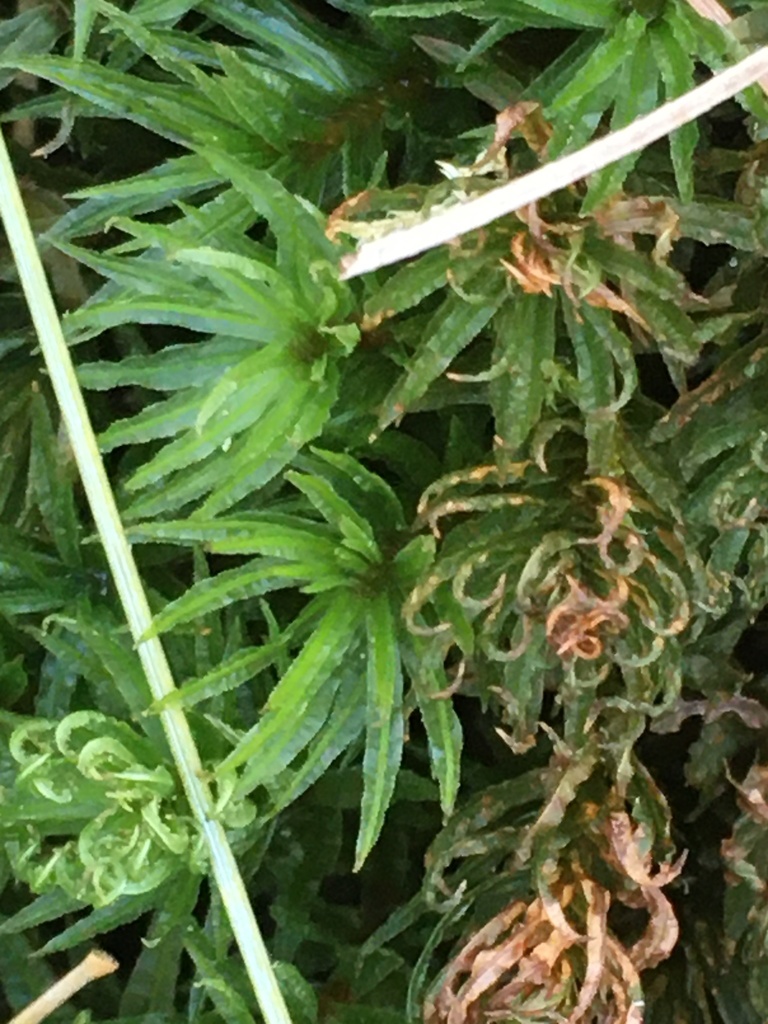
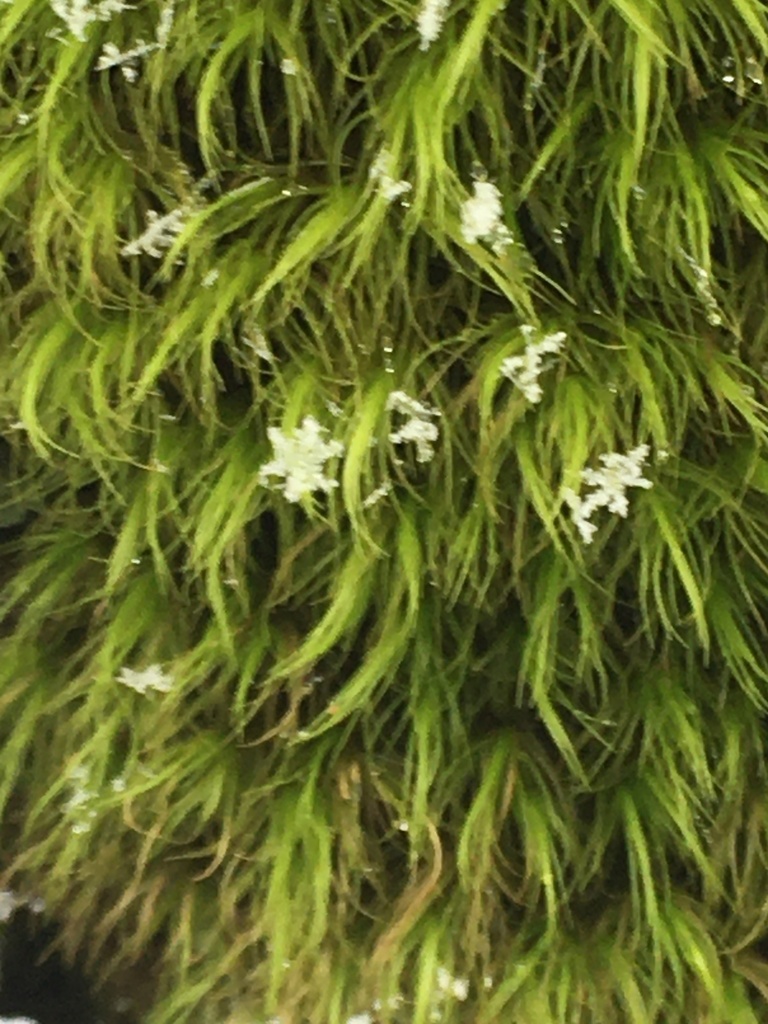
Capsule--Mosses don't produce seeds. Instead they produce spores in capsules that often grow on long stalks sticking up from the rest of the moss. These capsules are another clue to figuring out which moss you are looking at. Like for the leaves, using a hand lens can make it easier to photograph these features.
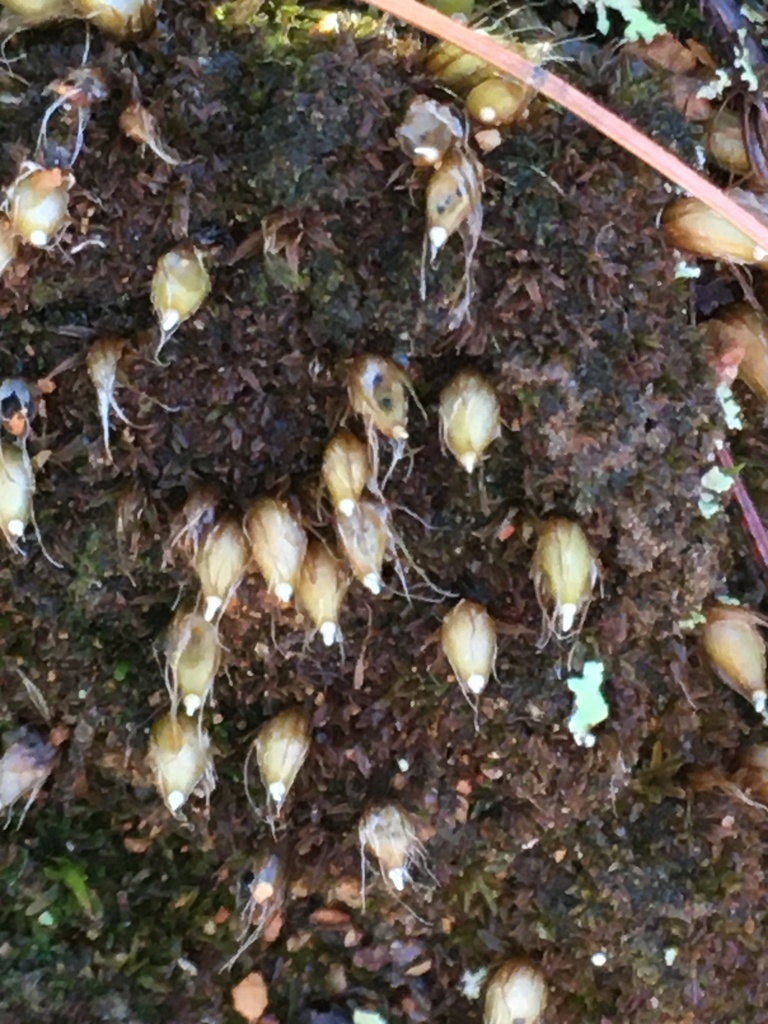
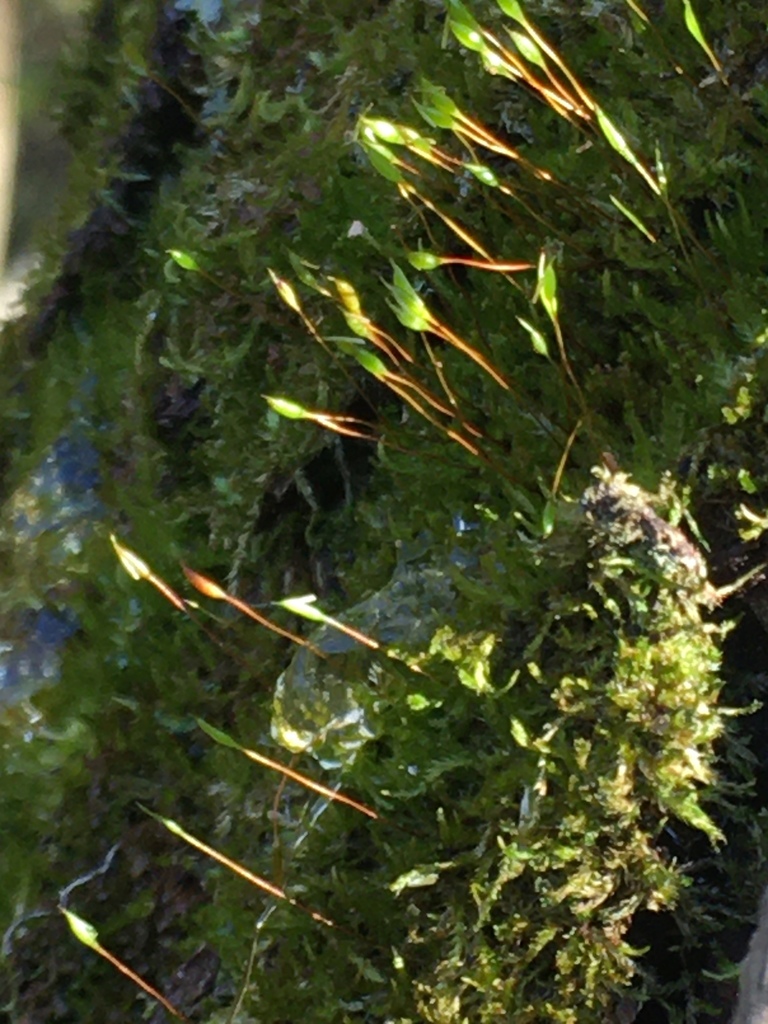
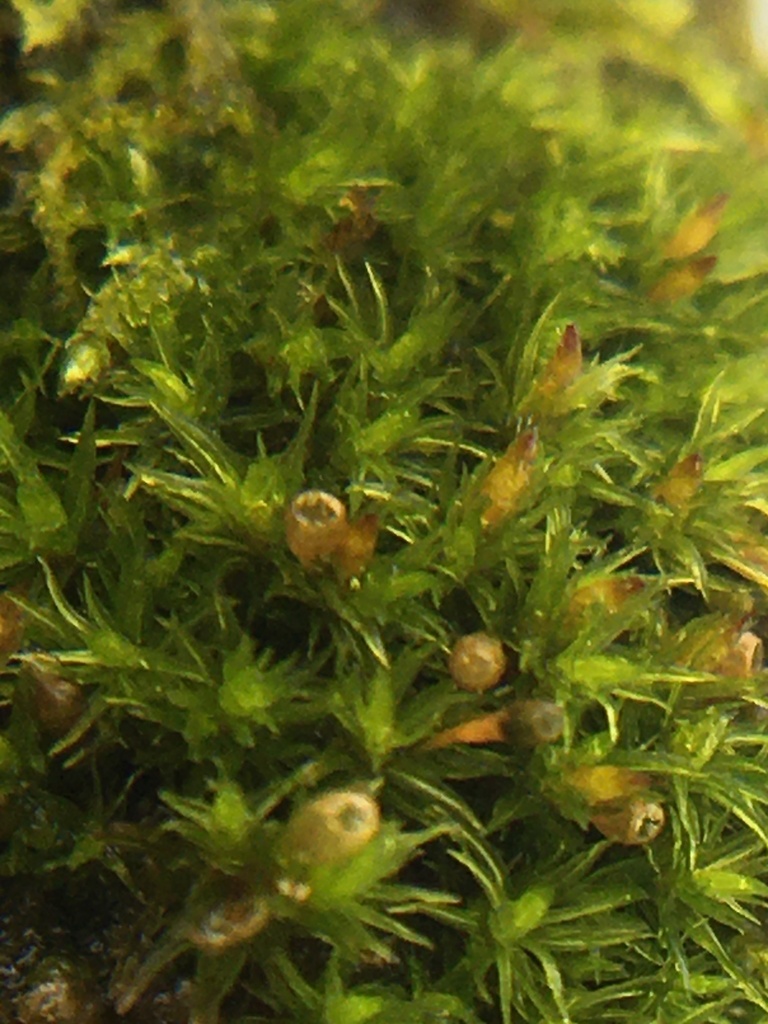
Moisture--The appearance of mosses changes when they desiccate or dry out. The ability to desiccate is a protective adaptation for mosses. Parts of the moss below have desiccated and are shriveled up and a different shade of green. A moss guidebook is likely to describe mosses while they are wet--shriveled leaves hide some of their characteristics. So soon after a rain is a great time to observe mosses.

Really a Moss? The photos below show some other amazing organisms that are sometimes confused with moss but are really different things. Lichens (left) are symbiotic relationships between fungi and algae. They are brittle and do not have leaves. Club mosses (center) are small plants that even have moss in their name. However, they have stems and roots as well as have xylem and phloem to transport water and nutrients. Liverworts (right) are bryophytes like mosses but they have a different structure.

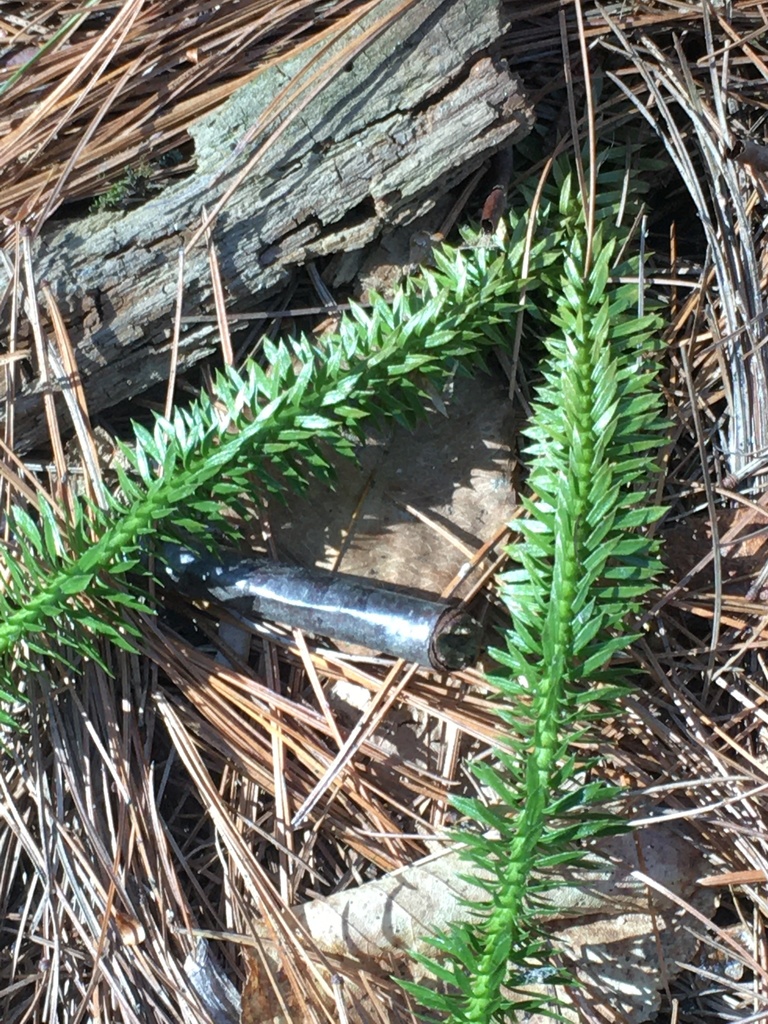
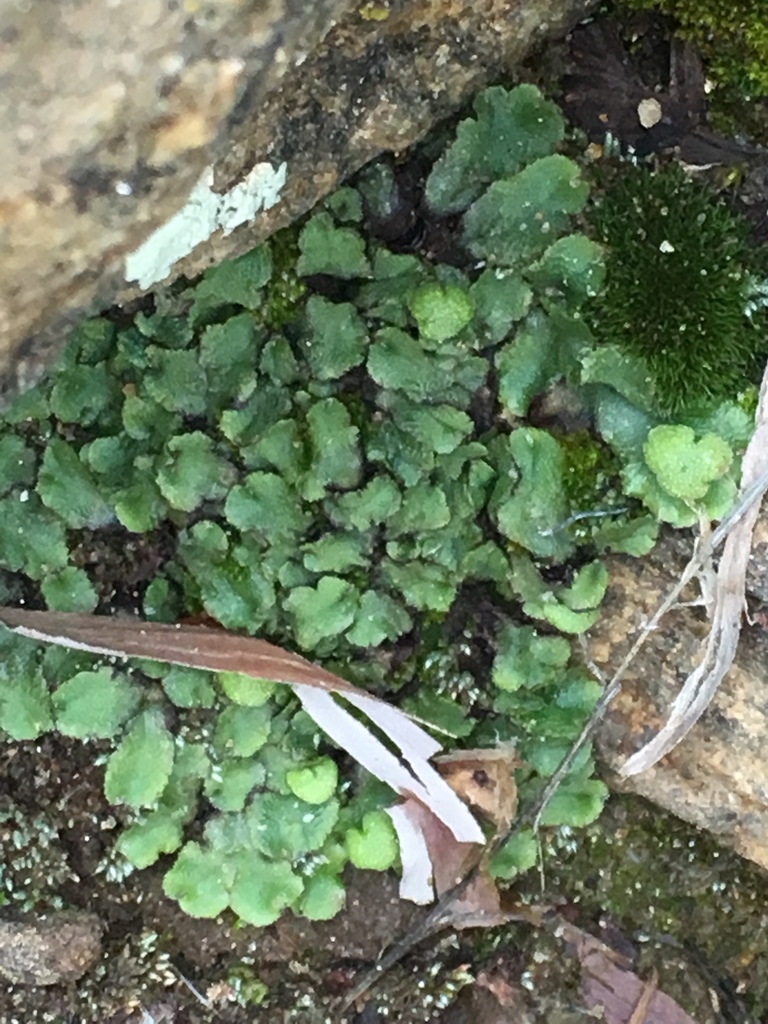
All photos are by aspring and in the public domain.





Comments
Add a Comment